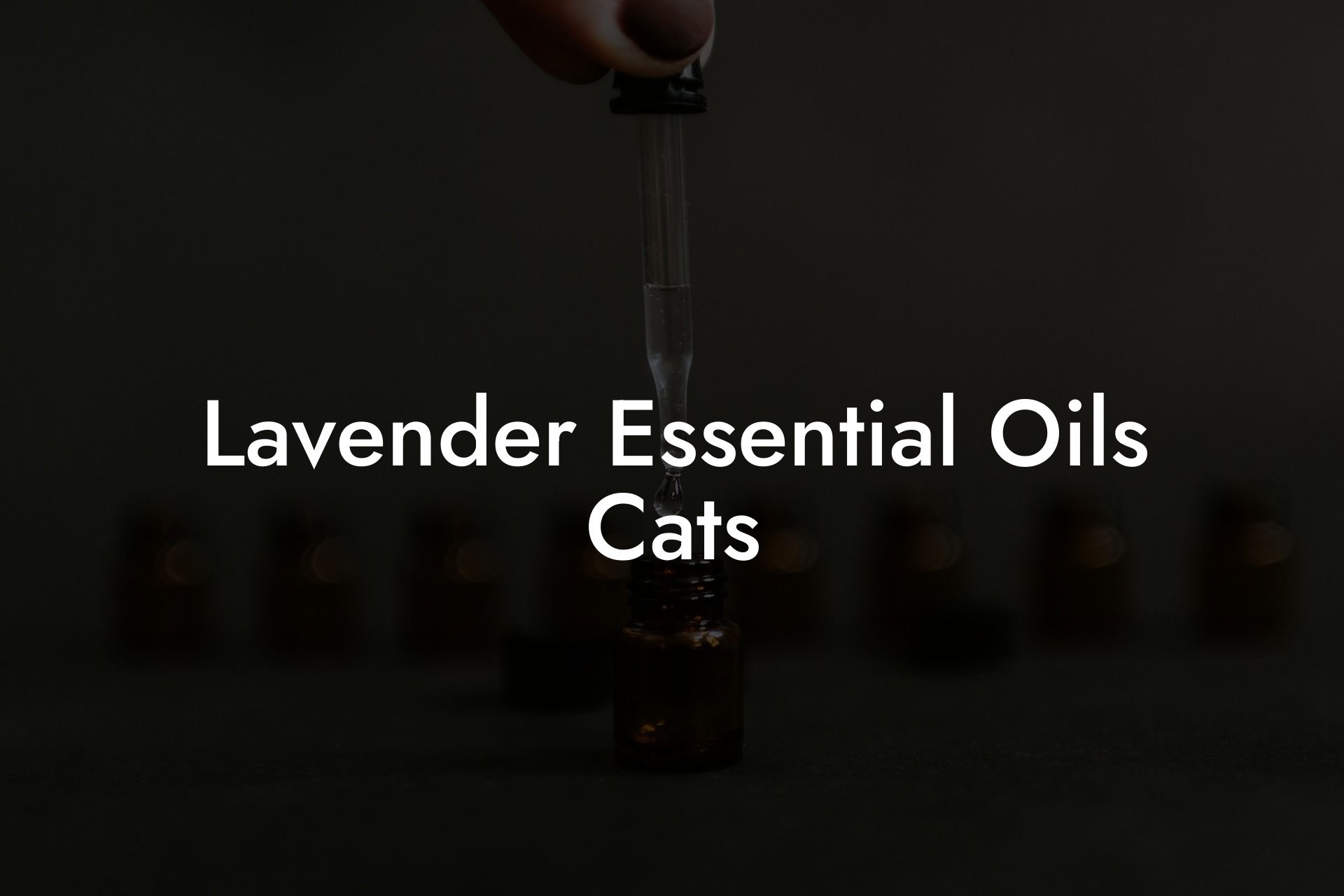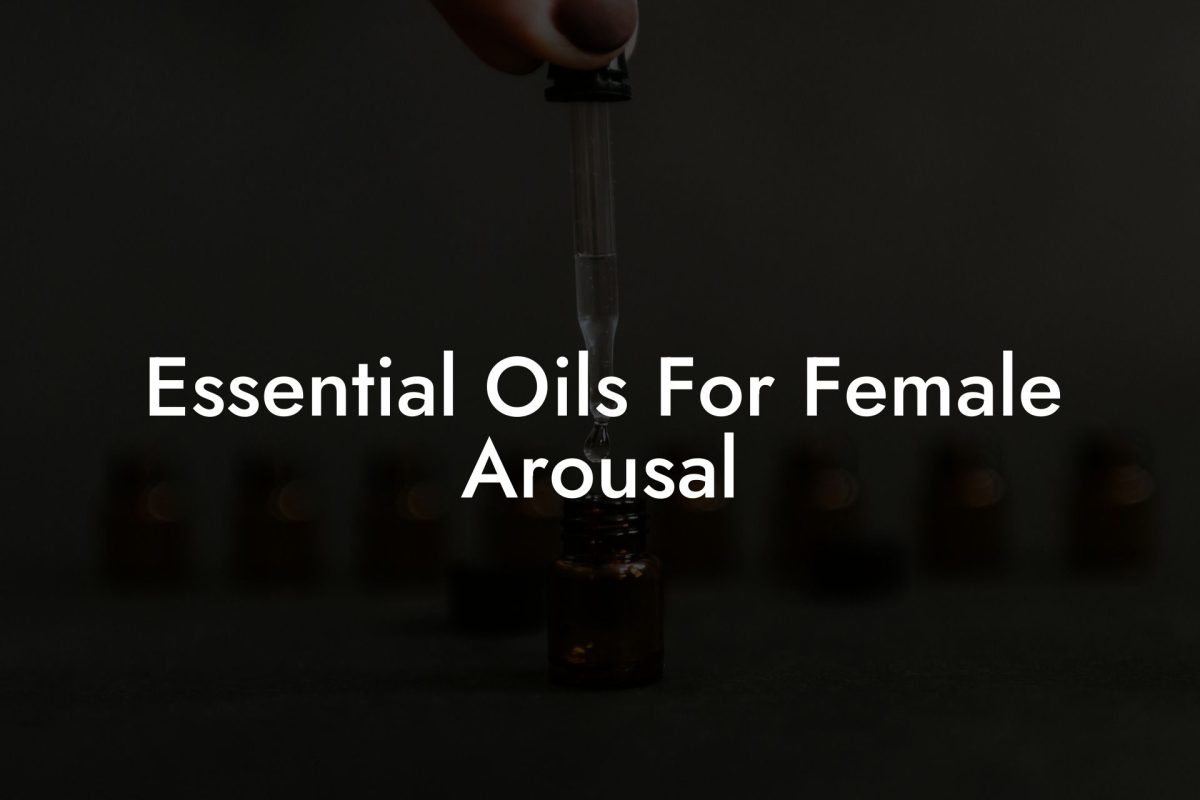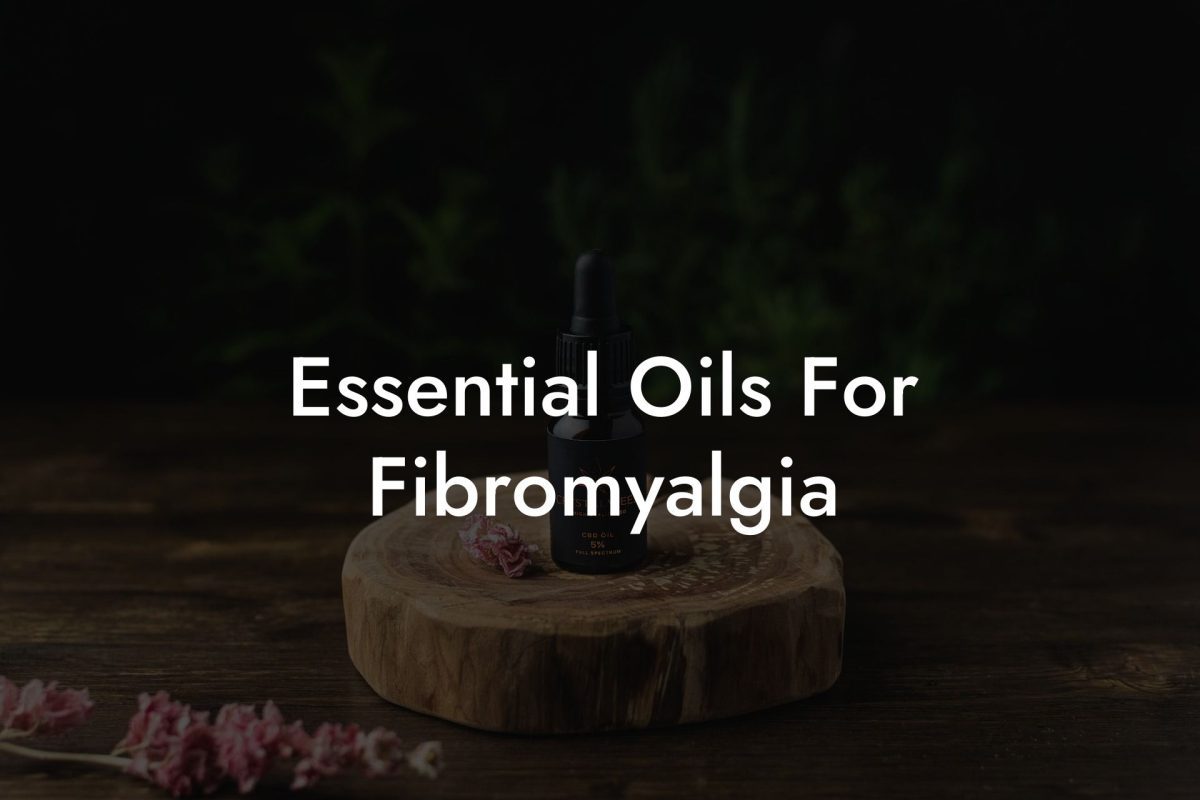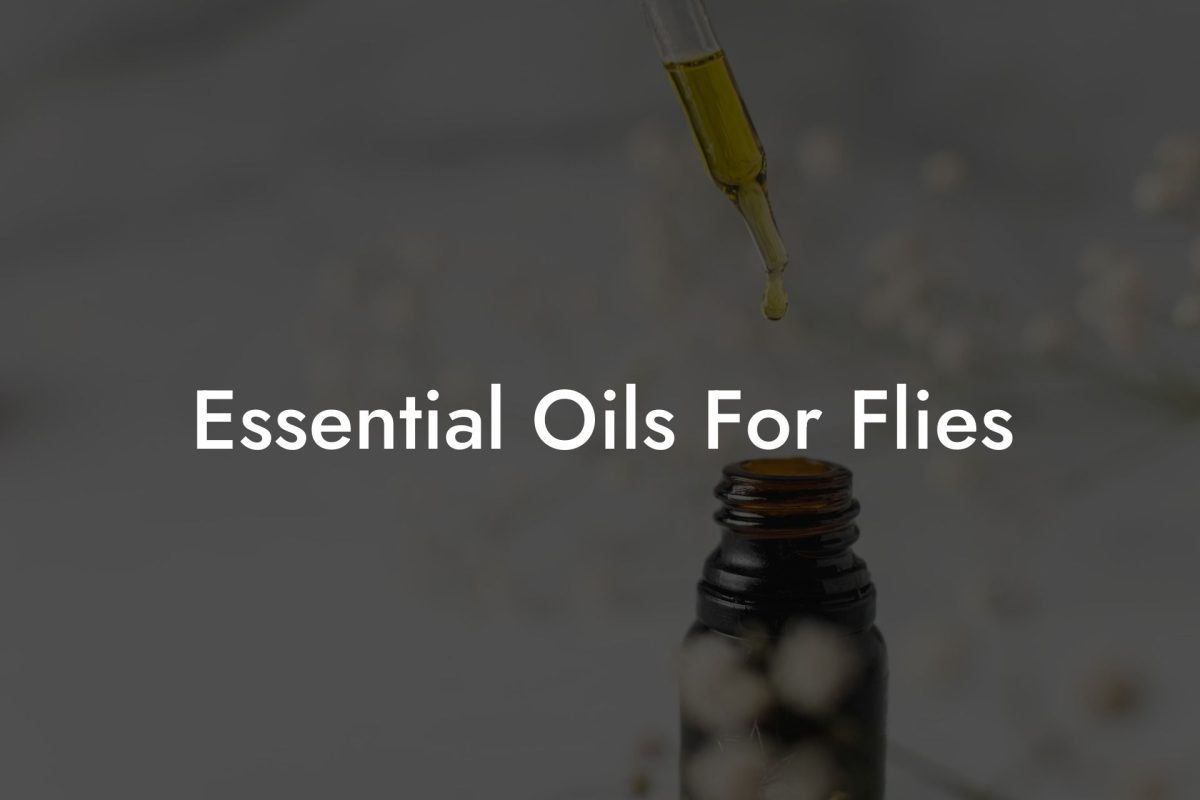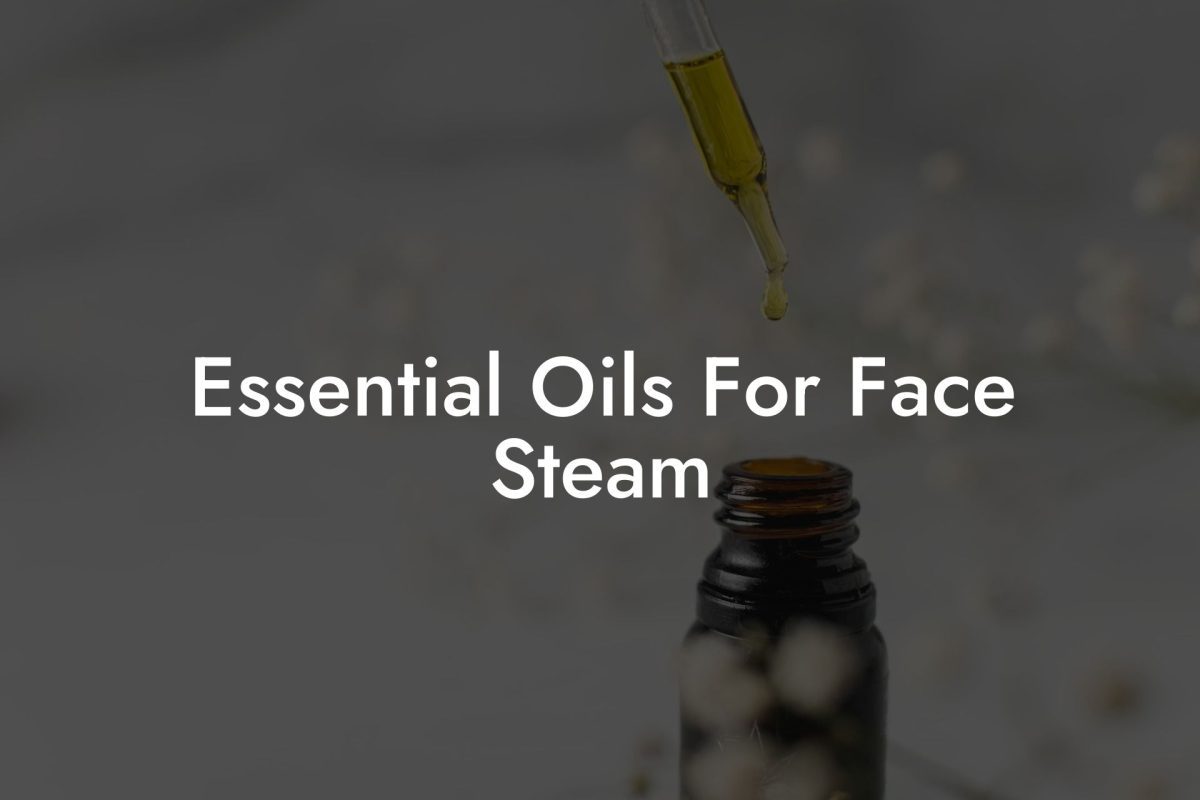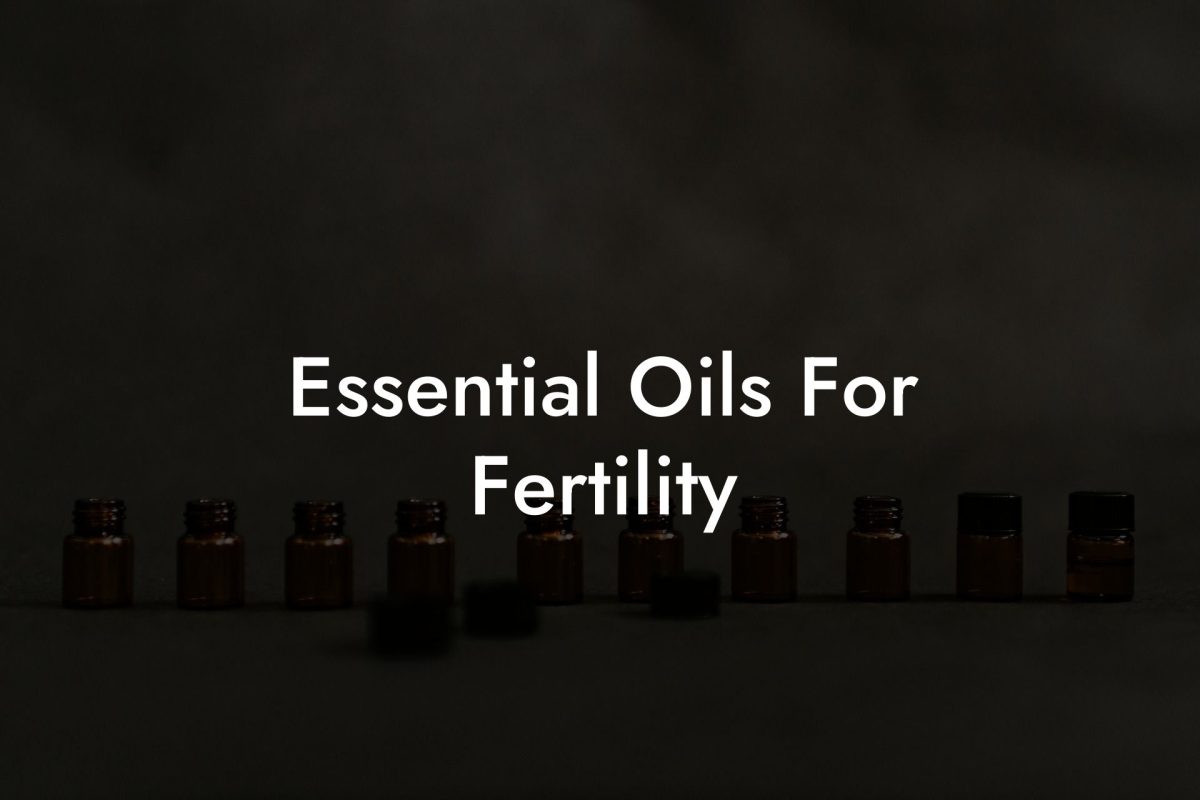Do you love the calming aroma of lavender essential oils but are concerned about their effect on your feline friend? You’re not alone. Many essential oil enthusiasts have questions about the safety and use of lavender oil around cats. In this comprehensive guide, we’ll explore lavender essential oil’s properties, its potential benefits and risks for cats, and how to safely use it in your home for everyone’s enjoyment.
Table of Contents
What is Lavender Essential Oil?
Lavender essential oil is derived from the flowers of the Lavandula angustifolia plant. Known for its soothing fragrance, lavender oil has been used for centuries for its calming and relaxing properties. Today, it is widely utilized in aromatherapy and various personal care products for its stress-relieving and sleep-promoting benefits.
The Controversy Around Essential Oils and Cats
While lavender essential oil is generally considered safe for humans, the situation is different when it comes to our feline friends. Cats have a unique physiology and lack specific liver enzymes that are needed to metabolize and eliminate certain compounds found in essential oils, such as phenols and monoterpene hydrocarbons. As a result, using essential oils around cats can pose potential risks if not done correctly.
Possible Risks and Symptoms of Lavender Essential Oil Toxicity in Cats
If cats are exposed to high concentrations of lavender essential oil, it can lead to toxicity. Symptoms of toxicity may include:
- Vomiting
- Diarrhea
- Drooling
- Lethargy
- Weakness
- Tremors
- Low body temperature
- Respiratory distress
If you notice any of these symptoms in your cat after being exposed to lavender essential oil, consult a veterinarian immediately.
How to Safely Use Lavender Essential Oils Around Cats
Despite potential risks, it is possible to safely use lavender essential oil around cats if precautions are taken. Follow these guidelines to ensure safe use:
- Always dilute essential oils properly. Use a carrier oil or a water-based solution for diffusion.
- Avoid applying undiluted lavender essential oil directly on your cat’s skin or fur, as this may lead to irritation and possible toxicity.
- When diffusing lavender essential oil, ensure that the room is well-ventilated and that your cat has access to a separate space if it prefers to avoid the aroma.
- Store your essential oils in a secure location, out of your cat’s reach.
Remember to always consult your veterinarian before introducing any new product or treatment to your cat to avoid potential risks and complications.
Lavender Essential Oils Cats Example:
Imagine that you are experiencing increased stress due to work, and you turn to your trusted lavender essential oil for relief during evening relaxation. You decide to diffuse the oil in your living room to create a calming ambiance for both you and your cat, Misty, who enjoys cuddling with you on the couch.
To ensure Misty’s safety, you properly dilute the lavender oil using a water-based solution before placing it into the diffuser. You also keep the room well-ventilated and ensure that Misty has access to her favorite hiding spot in the bedroom if she wants a break from the aromatic environment. By following these guidelines, you can enjoy the soothing properties of lavender essential oil without putting your beloved feline companion at risk.
Now that you’re equipped with knowledge about the safe use of lavender essential oil around your cat, you can confidently incorporate this soothing aroma into your home life without fear for your pet’s wellbeing. Should you have any further questions or concerns, always consult with your veterinarian. If you found this guide helpful, please don’t hesitate to share it with fellow cat lovers and essential oil enthusiasts. For more enlightening guides on essential oils and their benefits, don’t forget to explore our blog at Oshu Oils. And if you’re seeking high-quality essential oils to elevate your aromatherapy experience, browse through our artisanal range of expertly formulated botanical blends at Oshu Oils.

